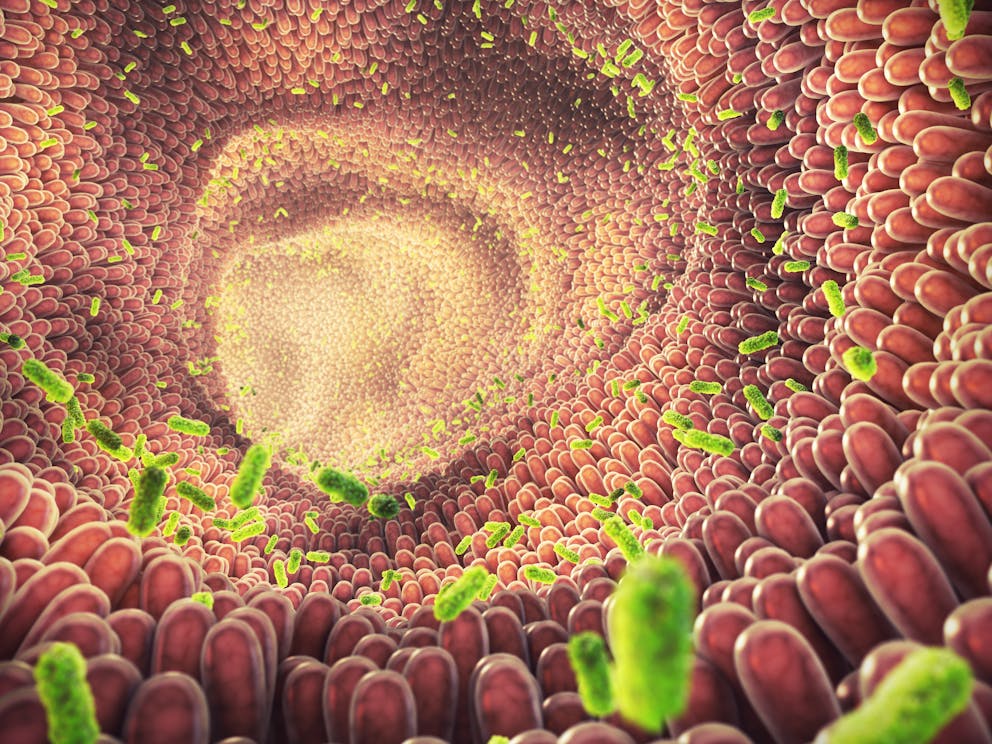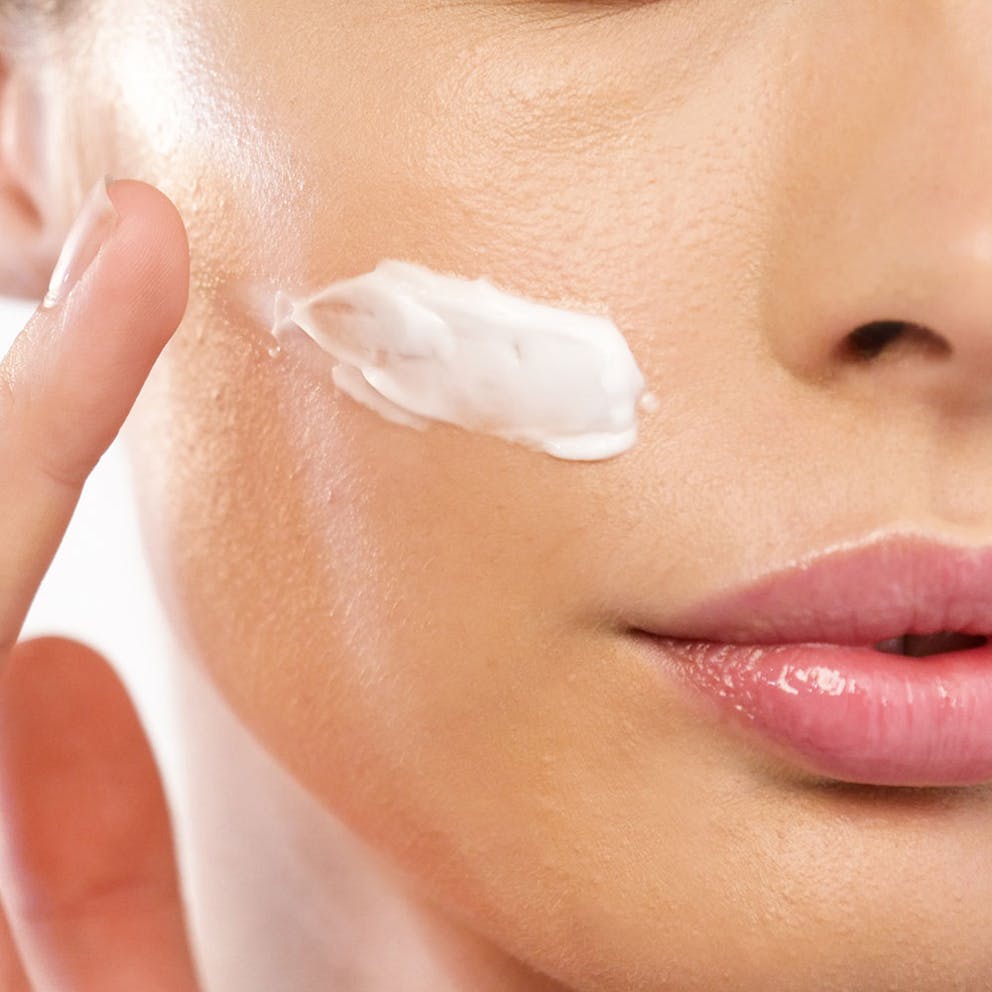For Inflamed Eyelids Do This

25 Top Home Remedies That Really Work
Explore powerful home remedies for common health issues
Discover how to use everyday household ingredients to address minor ailments
Get practical tips for the safe and effective use of home remedies

25 Top Home Remedies That Really Work
Explore powerful home remedies for common health issues
Discover how to use everyday household ingredients to address minor ailments
Get practical tips for the safe and effective use of home remedies

25 Top Home Remedies That Really Work
Explore powerful home remedies for common health issues
Discover how to use everyday household ingredients to address minor ailments
Get practical tips for the safe and effective use of home remedies

25 Top Home Remedies That Really Work
Explore powerful home remedies for common health issues
Discover how to use everyday household ingredients to address minor ailments
Get practical tips for the safe and effective use of home remedies

25 Top Home Remedies That Really Work
Explore powerful home remedies for common health issues
Discover how to use everyday household ingredients to address minor ailments
Get practical tips for the safe and effective use of home remedies

How to Read Your Body
Learn to recognize common symptoms and uncover their underlying health issues
Understand the signs of nutrient deficiencies to manage your health
Explore the four metabolic body types and the core factors that influence them
Interpret your body's signals from head to toe to identify potential health concerns

How to Read Your Body
Learn to recognize common symptoms and uncover their underlying health issues
Understand the signs of nutrient deficiencies to manage your health
Explore the four metabolic body types and the core factors that influence them
Interpret your body's signals from head to toe to identify potential health concerns

How to Read Your Body
Learn to recognize common symptoms and uncover their underlying health issues
Understand the signs of nutrient deficiencies to manage your health
Explore the four metabolic body types and the core factors that influence them
Interpret your body's signals from head to toe to identify potential health concerns

How to Read Your Body
Learn to recognize common symptoms and uncover their underlying health issues
Understand the signs of nutrient deficiencies to manage your health
Explore the four metabolic body types and the core factors that influence them
Interpret your body's signals from head to toe to identify potential health concerns

How to Read Your Body
Learn to recognize common symptoms and uncover their underlying health issues
Understand the signs of nutrient deficiencies to manage your health
Explore the four metabolic body types and the core factors that influence them
Interpret your body's signals from head to toe to identify potential health concerns
When finding a natural remedy for inflammatory eyelids, many feel frustrated and unsure where to turn. The irritation and distress caused by swollen eyelids, or blepharitis, can be very troubling.
Learn about the causes, symptoms, and remedies for inflamed eyes so you can manage this condition effectively.
Unraveling the Mystery of Inflamed Eyelids
One underappreciated eye disease is inflamed eyelids, also known as blepharitis. This condition manifests as redness, irritation, and itchiness on your eyelid margins . These symptoms could be easily mistaken for other issues.
Blepharitis occurs when small oil glands near the base of your lashes become blocked or infected, leading to swollen eyes. Although not typically sight-threatening, blepharitis should still be addressed as a medical issue.
Intriguingly enough, there are two types: anterior and posterior blepharitis, each having different risk factors. Anterior involves inflammation where lashes attach outside the front edge of your lid caused by seborrheic dermatitis (dandruff).
Posterior blepharitis is associated with Meibomian gland dysfunction within lids, causing them to become inflamed.
The Most Common Culprits
Parasites like Demodex mites found on human skin are common causes of blepharitis.
Still, in the excess cause, ocular surface irritation around the eyes, bacterial infections caused by E.coli or Methicillin-resistant Staphylococcus aureus (MRSA) could lead to swollen eyelid conditions, making these among the most common causes behind inflamed eyelids.
Viral pathogens such as herpes simplex virus (HSV), varicella-zoster virus (VZV), and molluscum contagiosum virus can infect the surfaces of the eye, leading to persistent conjunctivitis and inflammation along the edges of the eyelids.
These factors contribute to the development of chronic eye irritation.

The Role of Microbes in Eyelid Inflammation
In the case of blepharitis, microscopic organisms such as bacteria, viruses, and fungi can cause eyelid inflammation. Microbes, including bacteria, viruses, and fungi, can trigger inflammation that results in swollen eyes.
These microorganisms often cause an inflammatory response when infecting the affected eye. The symptoms typically include redness and irritation around the eyelid margins.
The Most Common Culprits
E.coli is a bacterium that generally resides harmlessly within our intestines but becomes problematic if it enters other areas like our eyes. Similarly, Staphylococcus bacteria live on our skin without causing any issues until they infiltrate deeper tissues or organs, leading to infections.
MRSA strains are particularly problematic due to their antibiotic resistance, making them difficult to treat.
Apart from bacterial invaders, there are Demodex mites - tiny creatures living on human skin, including around your eyes, where their feeding habits lead to blockage and subsequent inflammation. Studies have found a strong correlation between the high population densities of these mites and symptoms associated with anterior blepharitis, such as itching and crustiness along the lash line.
Treating conditions caused by microbial invasion involves targeting specific pathogens while maintaining hygiene levels. This is especially important for individuals who frequently use contact lenses.
It is recommended to stop wearing eye makeup regularly, keep the eyes lubricated, reduce irritation, and ensure daily cleaning routines. Additionally, keeping the eyelids clean from debris and oil buildup can help improve symptoms of swollen lid margins.
The Limitations of Antibiotics in Treating Blepharitis
Although antibiotics are often prescribed to treat irritated eyelids, their effectiveness may be limited due to various issues. Antibiotic resistance is a significant global health concern. This phenomenon occurs when bacteria adapt and become immune to the drugs that kill them.
The Centers for Disease Control and Prevention (CDC) states that antibiotic resistance poses one of the most severe public health threats today.
Potential Side Effects from Prolonged Use of Antibiotics
Aside from the emergence of antibiotic resistance, prolonged use may also lead to adverse effects such as nausea, skin rashes, or even anaphylaxis , which is a life-threatening allergic reaction.
Service by The National Library Of Medicine (NLM) further explains that misuse or long-term use might lead to secondary infections due to disruption of normal body flora, which increases the risk of other diseases.
Limited Effectiveness Against Certain Microbes Causing Irritation on Eyelid Margins
Apart from this, another limitation lies in treating conditions caused by non-bacterial microbes.
For instance, if your affected eyes margins suffer blepharitis from viral infection or fungi presence, antibiotics won't provide much relief because they target only bacterial cells, not viruses or fungi.
An exciting study published in the JAMA Ophthalmology Journal suggests a link between Demodex mites and anterior blepharitis. Still, antibiotics wouldn't be beneficial here as these parasites aren't susceptible.
Colloidal Silver: A Natural Remedy for Inflamed Eyelids
Colloidal silver is a potent solution to treat inflamed eyelids in natural remedies. This liquid suspension contains microscopic silver particles that boast powerful antimicrobial properties, which have been recognized for many years.
The application of this substance can disrupt harmful bacteria, viruses, and fungi, making it an effective weapon against microbes that irritate our eyes.
Evidence Supporting Colloidal Silver's Effectiveness
A study published in The Journal of Alternative and Complementary Medicine indicated significant antibacterial activity when applying colloidal silver topically against Staphylococcus bacteria.
These microorganisms are usually harmless on the skin but may cause eye disorders if they penetrate our system through cuts or wounds.
How to Use Colloidal Silver for Eye Health
Mindful usage is required to harness the benefits of this underappreciated remedy safely. Always start with clean hands before touching anything directly or indirectly to your eyes.
Using a dropper, put 1-2 drops twice daily onto each affected eye, keeping them closed post-application, allowing sufficient time for absorption.
Potential Side Effects and Precautions
Despite its proven effectiveness against microbial invasion leading to inflamed eyelids, certain precautions should be taken while using colloidal silver.
Excessive use over long periods is not advised due to potential risk factors for anterior blepharitis development, known as argyria, characterized by bluish-gray discoloration resulting from excessive exposure.
Argyria, a condition caused by overexposure to colloidal silver, which turns the skin blue or gray, is the most common side effect of its excessive use. Although rare when used correctly on the eyes, caution must still be exercised.
To mitigate these risks while treating conditions like blepharitis using colloidal silver eye drops, adhere strictly to recommended dosages and application methods meant specifically for eye health.
Dosage Recommendations
A typical dosage recommendation involves applying two drops into each affected eye up to three times daily until symptoms improve significantly. Always shake the bottle before use, as particles may settle at the bottom.
This method allows direct contact between the antimicrobial properties of colloidal silver and the microbes irritating your swollen eyelid margins without causing any discomfort if applied appropriately under the guidance of an expert in treating such underappreciated eye disease worldwide.
Application Method
To apply these drops effectively, tilt your head slightly, then gently pull down your lower lid while holding the dropper directly above the affected area, ensuring none drips onto the lashes or surrounding skin, which could cause unnecessary exposure, potentially leading to the aforementioned side effects.
If you wear contact lenses, remove them before starting treatment since they might interfere with the absorption process, thus reducing efficacy. Put them back only after waiting a few minutes post-application, giving enough time for the solution to work against the microbes responsible for inflammation.
Always consult a healthcare professional before trying any new treatments.
Other Natural Remedies for Inflamed Eyelids
In addition to colloidal silver, various natural remedies can effectively manage inflamed eyelids. Each remedy possesses its own unique set of properties and benefits.
Comparing Effectiveness - Colloidal Silver vs Other Remedies
The broad-spectrum antimicrobial activity against various microbes irritating the eyes makes colloidal silver an effective solution. However, comparing it with other natural remedies provides a more comprehensive view of treating blepharitis.
Warm compresses are home remedies that soften crusty deposits caused by bacteria or mite overgrowth on your swollen eyelid margins. This aids in keeping your affected eye clean and reduces irritation significantly.
A recommended practice by many eye doctors worldwide is lid scrubs using baby shampoo diluted in warm water. It improves symptoms considerably by ensuring debris-free and less oily eyes, lubricated enough to prevent discomfort from dryness.
Dietary modifications may also prove beneficial while naturally treating conditions like blepharitis. For instance, daily fish oil supplement intake could help reduce systemic inflammation throughout the body, including those affecting our swollen eyes.
Olive oil is widely recognized for its anti-inflammatory characteristics and might aid in reducing swelling around the afflicted area if applied topically after consulting a healthcare professional.
Maintaining Eye Health
When preventing inflamed eyelids, a condition known as blepharitis, prioritizing eye health is vital. This involves adopting habits that promote the well-being of your eyes and reduce the likelihood of this underappreciated eye disease worldwide.

Cleanliness: The First Step Towards Healthy Eyes
Daily cleansing of your eyelids can significantly decrease inflammation risks by eliminating makeup residue, dirt particles, and harmful microbes that might irritate the lids.
Use an appropriate cleanser designed for sensitive skin around the eyes, ensuring they remain clean without discomfort.
If you notice symptoms such as redness or itchiness in your affected eye area, stop wearing makeup immediately since it could exacerbate these conditions. Consider using hypoallergenic products specifically formulated for sensitive eyes if necessary.
Nutrition: A Key Player in Eye Health
The role diet plays in maintaining good health cannot be overstated; our eyes are no exception.
Consuming foods rich in omega-3 fatty acids, like fish, aids in keeping our eyes lubricated, thereby reducing irritation and swelling often associated with dry-eye diseases accompanying blepharitis.
Studies suggest daily intake of fish oil supplements can considerably improve these symptoms.
Olive oil's high monounsaturated fat content, along with antioxidants present within, helps reduce systemic inflammation, including those affecting areas around our eyeballs.
Conclusion
Finding relief for inflamed eyelids, or blepharitis, can be challenging and frustrating for many individuals. Understanding the causes, symptoms, and available remedies is crucial for effectively managing this condition.
Blepharitis can be caused by various factors, including blocked oil glands, bacterial infections, viral pathogens, or infestations by Demodex mites. Addressing these underlying causes is essential for successful treatment.
While antibiotics are commonly prescribed, their effectiveness may be limited, and prolonged use can lead to adverse effects and antibiotic resistance. Therefore, natural remedies like colloidal silver offer a promising alternative with potent antimicrobial properties.
Other natural remedies, such as warm compresses, lid scrubs, dietary modifications, and olive oil application, can also be effective in managing inflamed eyelids.
Prioritizing eye health through cleanliness, proper nutrition, and consultation with healthcare professionals is crucial for preventing and managing blepharitis effectively. By educating yourself about this condition and exploring various treatment options, you can find relief from the irritation and distress caused by swollen eyelids.
Previous blog
Fasting Lowers Blood PressureNext blog
The First Sign of a Zinc Deficiency isTags

Popular
08/21/2024
55.7K views
02/23/2025
46.8K views
11/18/2024
281.1K views
03/18/2024
11/21/2022




